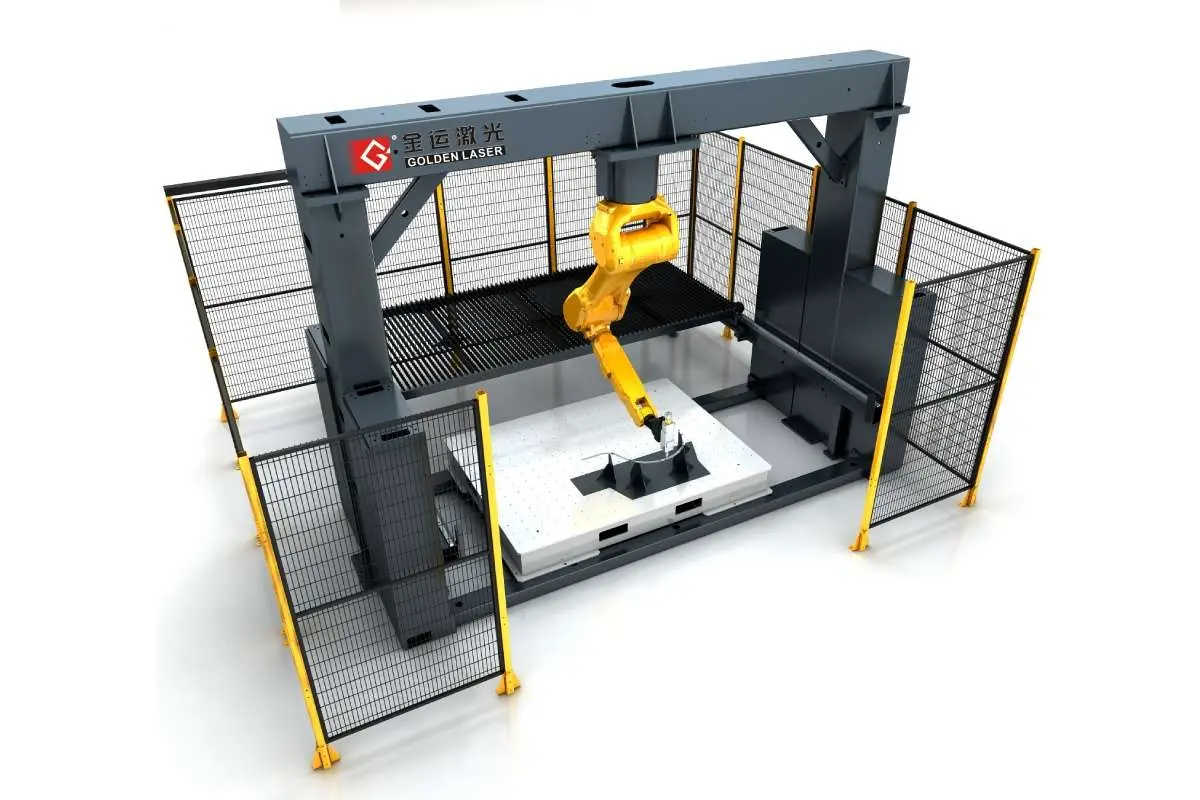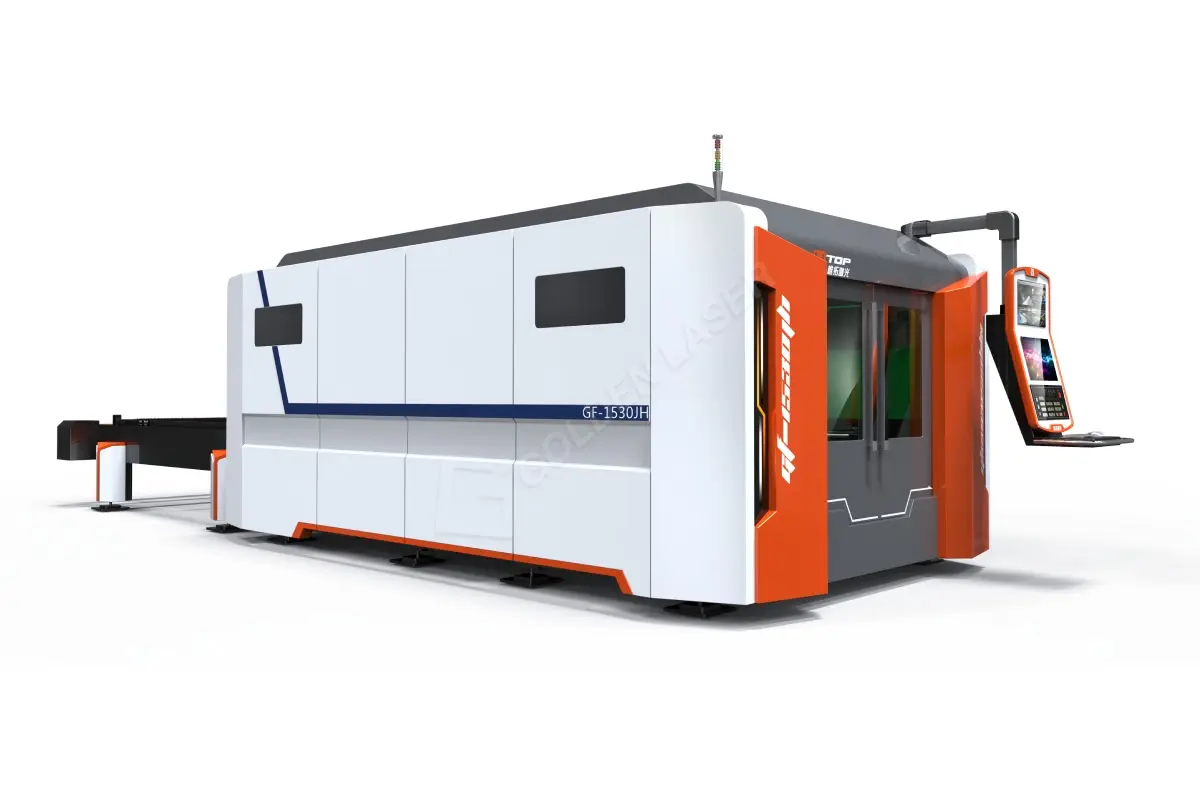Fiber laser cutting machines have revolutionized the way industries approach metal fabrication, offering precision, speed, and flexibility that are simply unmatched compared to traditional cutting methods. As manufacturing processes continue to evolve, understanding the mechanics and benefits of fiber laser technology becomes increasingly essential for businesses aiming to maintain a competitive edge. This article delves into the myriad advantages and applications of fiber laser cutting machines for metal plate processing, exploring why they are fast becoming the preferred choice for manufacturers around the globe.

Exploring the Advantages and Applications of Fiber Laser Cutting Machines for Metal Plate Processing in Modern Manufacturing
Understanding Fiber Laser Technology
The core of a fiber laser cutting machine lies in its laser source – a fiber laser generator that uses optical fibers doped with rare earth elements, such as ytterbium. This technology creates high-intensity light that is highly focused. The resulting coherent beam has excellent quality and consistency, enabling precise cutting of various metals, including stainless steel, aluminum, copper, and brass. Unlike conventional CO2 lasers, fiber lasers require less maintenance and have a longer operational life, making them a cost-effective choice in the long term.
Key Advantages of Fiber Laser Cutting Machines for Metal Plate
1. **High Precision and Quality**: One of the most compelling benefits of fiber laser cutting is its ability to deliver intricate designs with exceptional accuracy. The focused beam width allows for fine cutting capabilities, making it perfect for detailed work. The high-quality cuts often eliminate the need for secondary processing, reducing overall production time.
2. **Speed and Efficiency**: Fiber lasers operate at significantly higher cutting speeds than traditional methods. This increased efficiency allows for quicker turnaround times, making it easier for manufacturers to meet tight deadlines and respond to market demands.
3. **Versatility**: Fiber laser cutting machines can handle a wide range of material thicknesses and types. This flexibility allows manufacturers to produce various products without needing multiple machines. Whether cutting thin sheets or thicker plates, fiber lasers can adjust settings to accommodate diverse requirements.
4. **Lower Operating Costs**: With lower energy consumption and reduced maintenance needs, fiber laser cutting machines contribute to a decrease in overall operating costs. Their durability and efficient design mean that companies can achieve more output with less downtime, leading to significant savings over time.

Exploring the Advantages and Applications of Fiber Laser Cutting Machines for Metal Plate Processing in Modern Manufacturing

Exploring the Advantages and Applications of Fiber Laser Cutting Machines for Metal Plate Processing in Modern Manufacturing
5. **Minimal Waste**: The precision of fiber laser cutting results in clean cuts with minimal kerf loss. This accuracy leads to better material utilization, ultimately lowering raw material costs and reducing environmental impact.
6. **Automation and Integration**: Modern fiber laser cutting systems can be easily integrated into automated production lines, enhancing productivity. With the right software, these machines can efficiently handle complex designs and large batches, allowing manufacturers to streamline their operations.
Applications of Fiber Laser Cutting Machines in Manufacturing
The versatility of fiber laser cutting machines gives rise to a wide array of applications across various industries. These include:
1. **Automotive Industry**: In automotive manufacturing, fiber laser cutting is used to produce parts with intricate geometries, such as brackets, chassis components, and body panels. The precision of fiber lasers ensures high-quality components that meet stringent safety and regulatory standards.
2. **Aerospace Manufacturing**: In aerospace, where weight savings are critical, fiber lasers efficiently cut lightweight alloys and complex structures, enabling the production of components that satisfy both performance and regulatory requirements.
3. **Signage and Decorative Panels**: The ability to create precise, intricate designs makes fiber laser cutting popular in the signage industry. Custom logos, patterns, and decorative elements can be cut from various metals, creating eye-catching visual appeal.
4. **Construction and Fabrication**: Fiber laser cutting machines are instrumental in the fabrication of structural components, ensuring that metal plates used in construction meet exact specifications for safety and durability.
5. **Electronics**: In electronics, the small scale and fine detail required in component production are ideal for fiber laser cutting, facilitating the manufacture of heat sinks, casings, and connectors.
Conclusion
The adoption of fiber laser cutting machines for metal plate processing is transforming the landscape of modern manufacturing. Their combination of precision, speed, efficiency, and versatility makes them an indispensable tool for industries ranging from automotive to aerospace and beyond. As manufacturers continue to seek ways to optimize production and reduce costs, fiber laser cutting is set to play an increasingly critical role in shaping the future of metal fabrication. Investing in this cutting-edge technology not only improves operational performance but also paves the way toward more sustainable and intelligent manufacturing practices. Cnc Laser Cutting Machine For Metal Work



